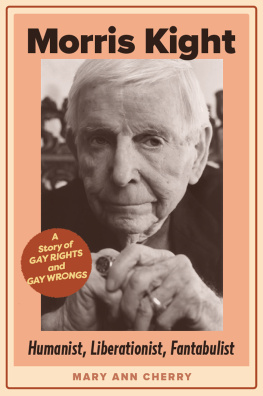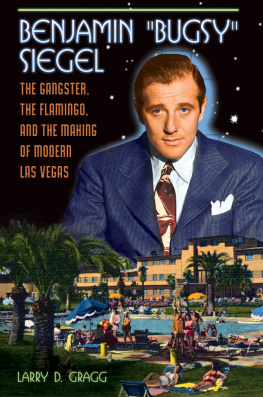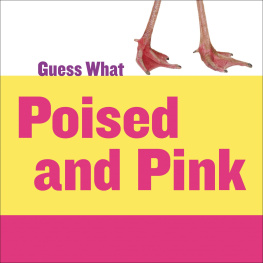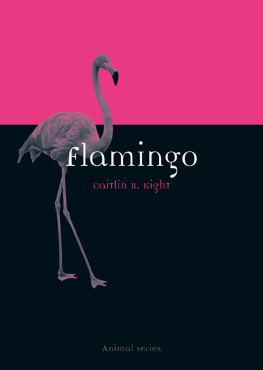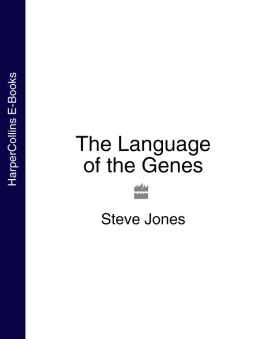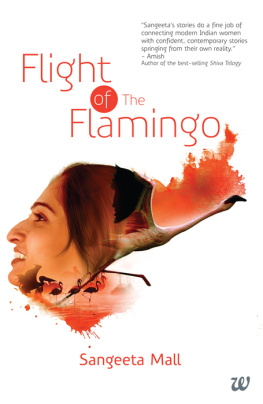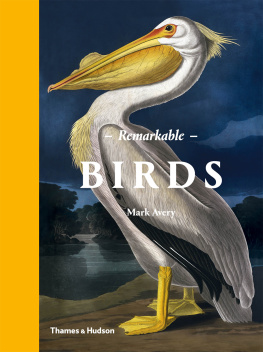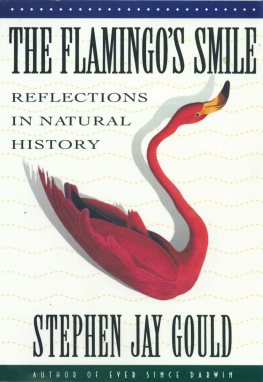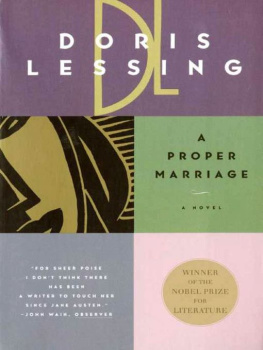Flamingo

Animal
Series editor: Jonathan Burt
Already published
Albatross Graham Barwell Ant Charlotte Sleigh Ape John Sorenson Badger Daniel Heath Justice
Bear Robert E. Bieder Bee Claire Preston Beaver Rachel Poliquin Bison Desmond Morris
Camel Robert Irwin Cat Katharine M. Rogers Chicken Annie Potts Cockroach Marion Copeland
Cow Hannah Velten Crocodile Dan Wylie Crow Boria Sax Deer John Fletcher Dog Susan McHugh
Dolphin Alan Rauch Donkey Jill Bough Duck Victoria de Rijke Eagle Janine Rogers
Eel Richard Schweid Elephant Dan Wylie Falcon Helen Macdonald Flamingo Caitlin R. Kight
Fly Steven Connor Fox Martin Wallen Frog Charlotte Sleigh Giraffe Edgar Williams
Goat Joy Hinson Gorilla Ted Gott and Kathryn Weir Guinea Pig Dorothy Yamamoto
Hare Simon Carnell Hedgehog Hugh Warwick Horse Elaine Walker Hyena Mikita Brottman
Kangaroo John Simons Leech Robert G. W. Kirk and Neil Pemberton Leopard Desmond Morris
Lion Deirdre Jackson Lobster Richard J. King Monkey Desmond Morris Moose Kevin Jackson
Mosquito Richard Jones Mouse Georgie Carroll Octopus Richard Schweid Ostrich Edgar Williams
Otter Daniel Allen Owl Desmond Morris Oyster Rebecca Stott Parrot Paul Carter
Peacock Christine E. Jackson Penguin Stephen Martin Pig Brett Mizelle Pigeon Barbara Allen
Rabbit Victoria Dickenson Rat Jonathan Burt Rhinoceros Kelly Enright Salmon Peter Coates
Shark Dean Crawford Snail Peter Williams Snake Drake Stutesman Sparrow Kim Todd
Spider Katarzyna and Sergiusz Michalski Swan Peter Young Tiger Susie Green Tortoise Peter Young
Trout James Owen Vulture Thom van Dooren Walrus John Miller and Louise Miller Whale Joe Roman
Wolf Garry Marvin
Flamingo
Caitlin R. Kight

REAKTION BOOKS
To my family: my husband, Sasha; my parents, Fred and Stephanie; and my grandparents, Marvin, Norma, Fred and Barbara. Youre the best flock a flamingo chick could wish for.
Published by
REAKTION BOOKS LTD
33 Great Sutton Street
London EC1V 0DX, UK
www.reaktionbooks.co.uk
First published 2015
Copyright Caitlin R. Kight 2015
All rights reserved
No part of this publication may be reproduced, stored in a retrieval system or transmitted, in any form or by any means, electronic, mechanical, photocopying, recording or otherwise, without the prior permission of the publishers
Page references in the Photo Acknowledgements and
Index match the printed edition of this book.
Printed and bound in China by C&C Offset Printing Co. Ltd
A catalogue record for this book is available from the British Library
eISBN: 9781780234656
Contents

Lesser flamingos foraging at Lake Nakuru, Kenya.
Introduction
Flamingos have been described as both the most charismatic of all bird species and one of the most recognizable. While some might argue with the former claim, few would challenge the latter. Thanks to their bright, cheerful plumage, hefty, crooked bill and spindly legs one often held aloft in that iconic balanced position flamingos are instantly familiar to people around the world. This star power is probably also influenced by the fact that the birds occur naturally on five continents and in captivity on six. Because these birds are often referred to generically as pink flamingos, many people may not realize that there are actually six different species: American (also called Caribbean, Cuban or rosy, Phoenicopterus ruber); greater (Phoenicopterus roseus); Chilean (previously also known as red-kneed, Phoenicopterus chilensis); lesser (Phoeniconaias minor, though potentially soon to be renamed Phoenicoparrus minor); Andean (Phoenicoparrus andinus); and puna, or Jamess (Phoenicoparrus jamesi). Athough some researchers have argued that the American and greater flamingos are actually two subspecies of Phoenicopterus ruber, the most recent genetic analyses indicate that they are distinct species.
Not surprisingly, both common and scientific flamingo appellations nearly always refer to the birds fiery plumage; references to flamingos other unusual physical traits are also fairly common. In the ancient Mesopotamian empire of Akkadia, flamingos were Another Arabic nickname is rahu l-ma, or aquatic crane.
The Greeks referred to flamingos as , meaning red-feathered or red-winged. The first half of the word derives from (dark red), which was also used to refer to the tanned Phoenician traders with whom the Greeks did business hence the modern Greek word phoinikopteros and the Latinized version phoenicopter, the basis for the modern genus and family epithets for all six species. The Romans with a little help from the Greeks also gave us the other roots that appear in flamingos scientific names. Ruber comes from the Latin for red, while roseus dates back to the Greeks (probably meaning, as it does in Latin, the pinkish-red colour of a rose). The -naias in Phoeniconaias refers to the water-loving naiads of Greek myth, so lesser flamingos are dark red water-nymphs. Perhaps the least sensible is Phoenicoparrus, which incorporates a form of the Latin word parra. Although some claim that this refers to a bird of ill omen, it may also simply mean unidentified bird thus an unidentified (or newly discovered) flamingo species.

Greater flamingos in flight.
Speakers of Romance languages can trace their words for flamingos back to the Latin flamma, meaning flame; this eventually became flamengo in Portugal, flamant in France and flamenco in Spain. Once the Germanic -ing replaced the Latin suffixes, the English word flamingo was born. Some etymologists claim that this was only applied to birds after the fourteenth century, when Spanish-speakers first used flamenca to describe the Flemings, who were famous for having ruddy complexions (not unlike the ancient Phoenicians); if that is the case, then flamengo indicated a bird coloured like the Flemings. One thing most scholars do
Flamingos less poetic common names provide more straightforward information about each species: American, Chilean and Andean flamingos do, in fact, live in those regions; greater flamingos are the largest of the birds while lesser flamingos are the smallest; and the puna, or Jamess, flamingo was indeed discovered by a man named James (Henry Berkeley James), and inhabits high-altitude cold desert puna habitats in South America.
Flamingos have one of the best fossil records described as unusually good and particularly fine available for any bird species. There have been sixteen fossil collections from six different geological epochs on five different continents. Flamingo-like fossils are known from the Eocene epoch (



